Contents
Guide


LOOK WHAT YOU CAN MAKE!
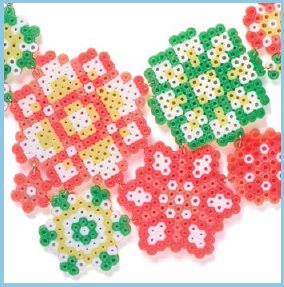
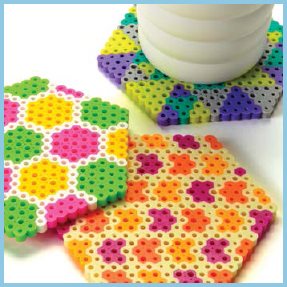
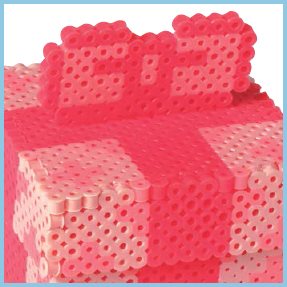
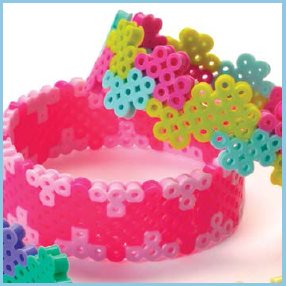
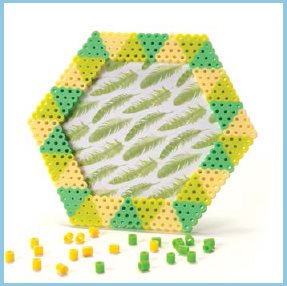

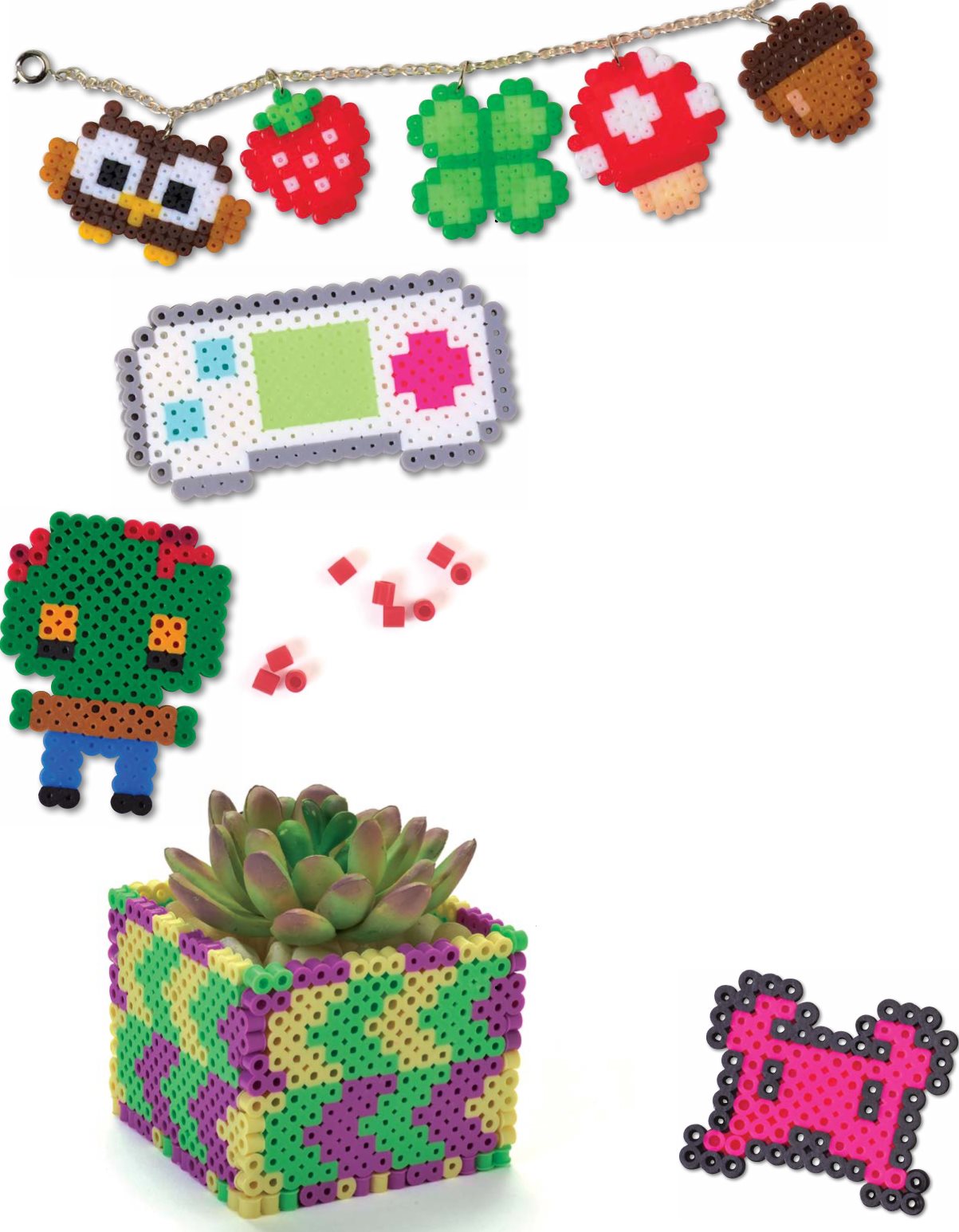
Getting Started
Pixelate Your Life with
Fusible Beads!
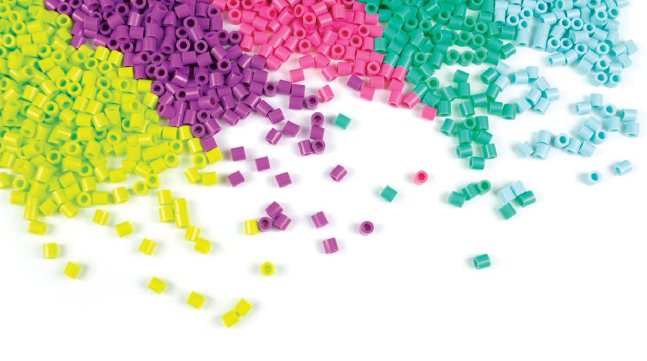
Most of what we see today is made up of pixels: TVs, computer screens, smart phones, and much more. Little humble squares of color comprise everything from your alarm clock readout to a high definition movie screen. With fusible beads like those from Perler, you can unlock the power of the pixel in your own hands! As a child I grew up in the 8-bit era of blocky video games. Though they looked simple, they had a charm that was friendly and approachable. On lazy Sunday afternoons I would copy the pixels from game magazines and the TV screen to recreate my favorite sprites on graph paper. Years later, I learned that fusible beads can be used in the same way to bring your favorite pixels into the third dimension, creating useful objects like coasters, jewelry, toys, and other trinkets.
Crafting with fusible beads is so simple, and is perfect for creators of all ages. Combine that with the quirky and retro world of pixel art and youll never run out of ideas. Making wonderful pixelated masterpieces is as easy as following a chart and placing beads, and when you finish youll have a creation that looks like it stepped right out of a screen! 
FUSIBLE BEADS
Basic beads: Basic medium-sized fusible beads, the ones used most frequently in this book, are 5mm in diameter and come in more than 50 colors. Theyre easy to find in local craft stores in ready-to-use kits and in a la carte bags of specific colors. The brands available include Perler, Hama, Nabbi, and Artkal.
Mini beads:Smaller versions of the basic beads are 2.5mm in diameter and are made by brands like Hama and Artkal.
Mini beads:Smaller versions of the basic beads are 2.5mm in diameter and are made by brands like Hama and Artkal.
At half the size, theyre ideal for projects with a lot of detail and a smaller result, like jewelry and pins. Mini beads require their own pegboards to fit the small size, so be sure to find those as well if you plan to try using them. Biggie beads:Larger versions of the basic beads are 10mm in diameter and are available from Perler, Hama, and Nabbi under various names. Theyre best for younger children (four and up) to practice colors and motor skills, so theyre not as popular as the basic size and dont come in as many colors. They also require their own specially sized board, so be sure to get that if you want to give them a try. Special finishes: Depending on the brand, you can also find special finishes for each kind of bead, ranging from translucent, glow-in-the-dark, pearlescent, glitter, and striped finishes.
They can really add a beautiful or cool touch to a project. 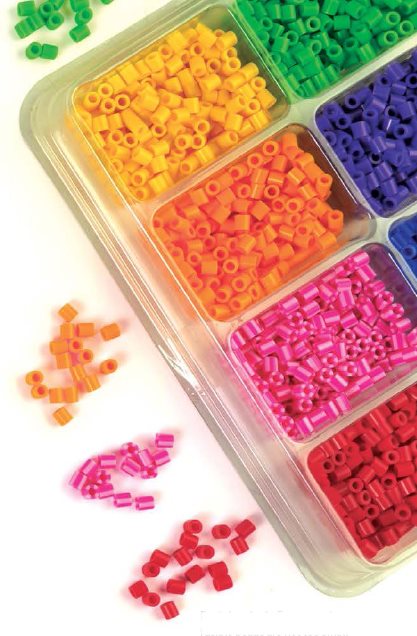 Basic beads.At 5mm, regular fusible beads are not too small and not too big. Quick Start Colors If youre new to fusible beads and youre not sure what colors to get, your best bet is to purchase a sample tray with a bit of every color in the rainbowthese are easy to find in craft stores. Also get one or two extra packets of black and white, as theyre used more often than youd think. If you want to try specialty beads, opt for a small mixed packet, because theyre not used very often in charts.
Basic beads.At 5mm, regular fusible beads are not too small and not too big. Quick Start Colors If youre new to fusible beads and youre not sure what colors to get, your best bet is to purchase a sample tray with a bit of every color in the rainbowthese are easy to find in craft stores. Also get one or two extra packets of black and white, as theyre used more often than youd think. If you want to try specialty beads, opt for a small mixed packet, because theyre not used very often in charts.
PEGBOARDS
Square pegboards:Your basic pegboards for regular fusible beads tend to come in a square shape thats about 5 x 5 (14.5 x 14.5cm) and holds a grid of 29 x 29 beads.
Larger boards that go up to 10 (25.5cm) in size are also available, but a more versatile option is to get linkable boards. These boards fit together like puzzle pieces and allow you to create a space large enough to match your chart. Most of the patterns in this book use the grid pattern found on square pegboards. Shape pegboards:Pegboards of shapes like hexagons, circles, and stars are useful because they offer something different than the usual grid layout found on square pegboards. Pegs on hexagon boards are laid out in a staggered brick patternevery other row is shifted by one half space. Pegs on circle boards are laid out in a radial pattern, making it easy to create flawless circular designs without jagged edges.
A five-point star board is also useful; its layout creates stars that look much cleaner than ones created on grid boards. Some of the patterns in this book use shape boards, so get a hexagon, a circle, and a five-point star to make all the projects. Object and animal boards: Beyond basic shapes, bead brands offer pegboards of loads of objects and animals, too, such as flowers, cars, shoes, cats, dogs, dolphins the list goes on. These act like color-by-numbers, allowing you to fill in the board however you like to get an expected result. However, the shapes can be limiting, and dont require separate patterns to use, so they arent featured in this book. Hot glue: Hot glue works best for adhering fused bead pieces to each other to assemble larger projects. Hot glue: Hot glue works best for adhering fused bead pieces to each other to assemble larger projects.
The high-temperature glue works well because the beads react to high heat anyway. See hot glue in action while creating the 3D projects on pages 2837. Heavy-duty glue:This kind of glue can be used when hot glue doesnt work, such as for gluing fused bead pieces to another smooth surface. Glues for non-porous surfaces work especially well with the plastic in fusible beads. Some examples of good glues are Gorilla Glue, Liquid Fusion, and E6000.
TOOLS
Some of the tools below, like an iron and ironing paper, are essential, and others, like tweezers, just make life much easier and are worth the investment!
Iron: To fuse your beads, youll need a nice, hot iron.

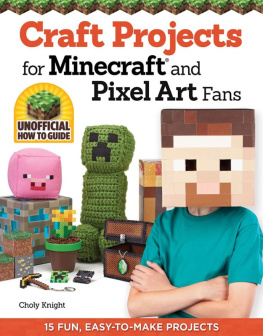

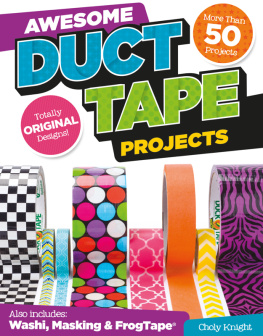

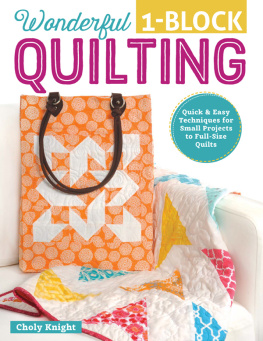
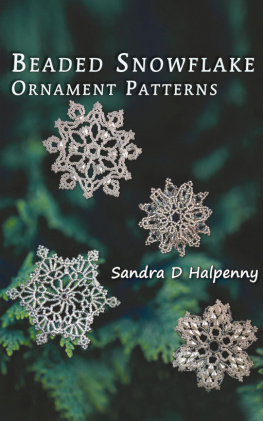
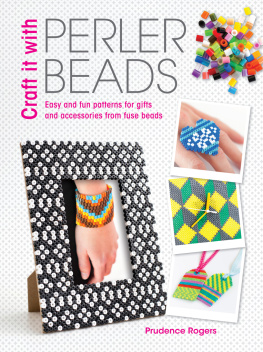

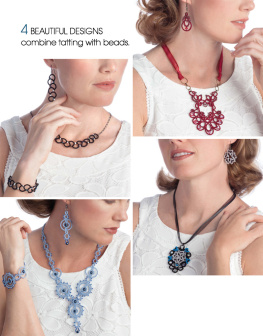
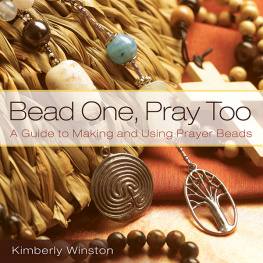


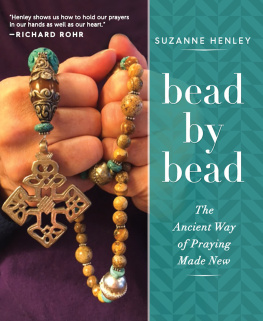
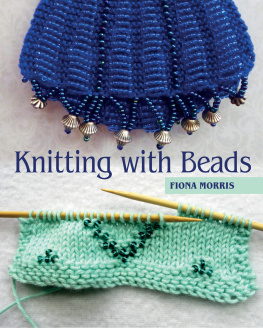
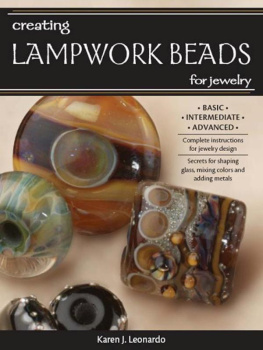









 Most of what we see today is made up of pixels: TVs, computer screens, smart phones, and much more. Little humble squares of color comprise everything from your alarm clock readout to a high definition movie screen. With fusible beads like those from Perler, you can unlock the power of the pixel in your own hands! As a child I grew up in the 8-bit era of blocky video games. Though they looked simple, they had a charm that was friendly and approachable. On lazy Sunday afternoons I would copy the pixels from game magazines and the TV screen to recreate my favorite sprites on graph paper. Years later, I learned that fusible beads can be used in the same way to bring your favorite pixels into the third dimension, creating useful objects like coasters, jewelry, toys, and other trinkets.
Most of what we see today is made up of pixels: TVs, computer screens, smart phones, and much more. Little humble squares of color comprise everything from your alarm clock readout to a high definition movie screen. With fusible beads like those from Perler, you can unlock the power of the pixel in your own hands! As a child I grew up in the 8-bit era of blocky video games. Though they looked simple, they had a charm that was friendly and approachable. On lazy Sunday afternoons I would copy the pixels from game magazines and the TV screen to recreate my favorite sprites on graph paper. Years later, I learned that fusible beads can be used in the same way to bring your favorite pixels into the third dimension, creating useful objects like coasters, jewelry, toys, and other trinkets. 
 Basic beads.At 5mm, regular fusible beads are not too small and not too big. Quick Start Colors If youre new to fusible beads and youre not sure what colors to get, your best bet is to purchase a sample tray with a bit of every color in the rainbowthese are easy to find in craft stores. Also get one or two extra packets of black and white, as theyre used more often than youd think. If you want to try specialty beads, opt for a small mixed packet, because theyre not used very often in charts.
Basic beads.At 5mm, regular fusible beads are not too small and not too big. Quick Start Colors If youre new to fusible beads and youre not sure what colors to get, your best bet is to purchase a sample tray with a bit of every color in the rainbowthese are easy to find in craft stores. Also get one or two extra packets of black and white, as theyre used more often than youd think. If you want to try specialty beads, opt for a small mixed packet, because theyre not used very often in charts.